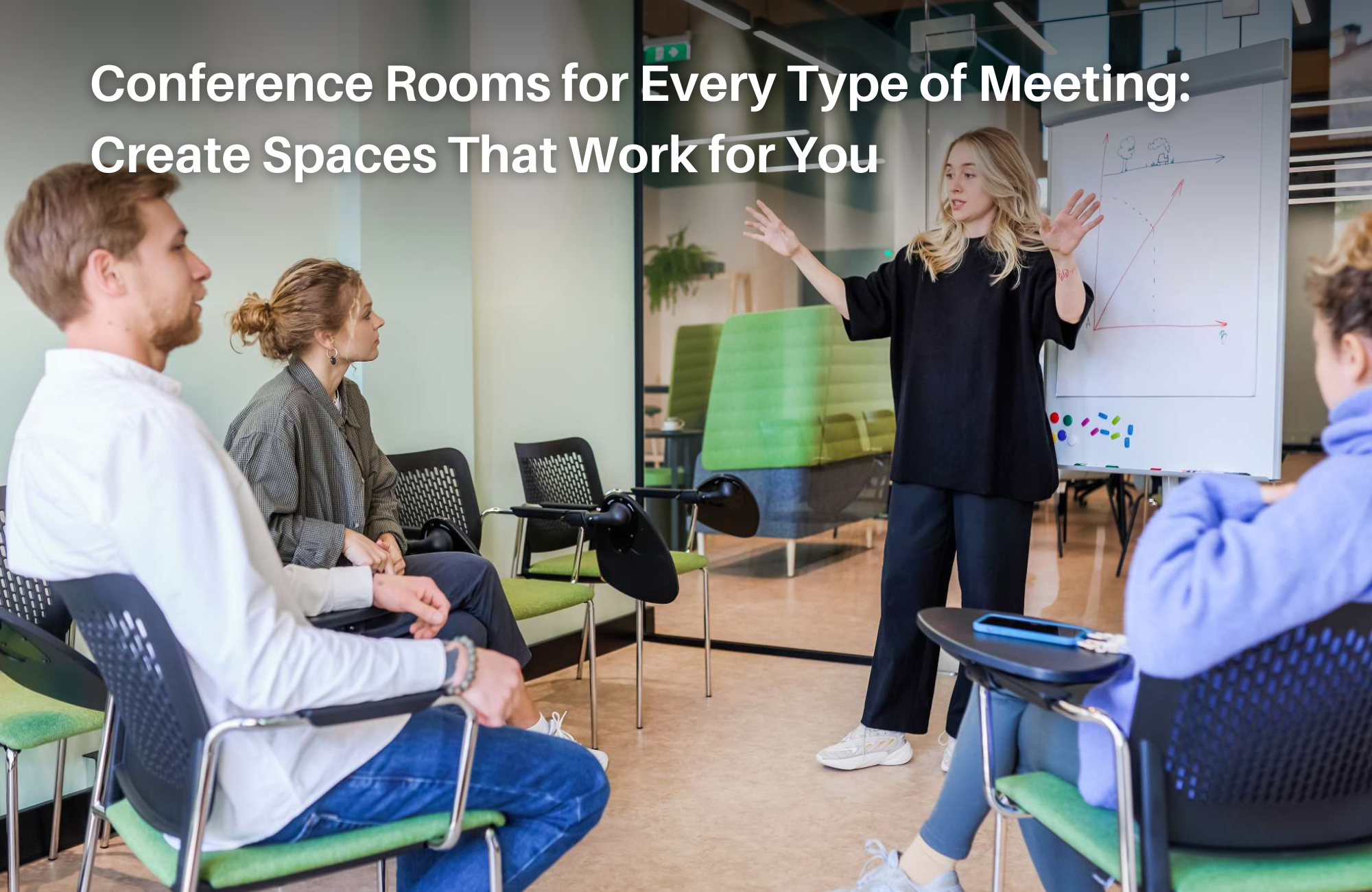
Conference Rooms for Every Type of Meeting: Create Spaces That Work for You
Conference rooms are the backbone of productive collaboration in any workplace. For businesses with remote employees, freelancers, or hybrid teams, these spaces play an even bigger role in fostering communication and teamwork. Properly designed conference rooms provide the tools and atmosphere needed to connect people, both in-person and virtually.
In this story
With the shift toward flexible and hybrid work models, companies must ensure their meeting spaces are versatile, functional, and optimized for various types of gatherings. This article explores the different kinds of conference rooms and layouts that support effective collaboration, productivity, and engagement.
Why Meeting Room Design Matters
A well-designed meeting room directly impacts the success of meetings and the productivity of participants. Business owners must consider how the layout, tools, and environment of a room align with their team’s needs.
Supporting Collaboration Across Teams
Meeting rooms should make collaboration seamless for both in-office and remote participants. Features like video conferencing systems, interactive displays, and clear acoustics are essential for hybrid meetings. These tools ensure every participant can contribute equally, regardless of location.
Enhancing Productivity
Efficient room layouts save time and reduce frustration. For instance, the right setup minimizes tech issues and prevents disruptions caused by poor design or inadequate space. Employees work best when they can focus on the meeting instead of overcoming logistical challenges.
Adapting to Modern Work Trends
Today’s workspaces must meet the demands of flexibility. Meeting rooms should support a wide range of activities, from brainstorming sessions to formal presentations. They must also accommodate hybrid work, where teams often combine remote and in-office participants.
Types of Conference Rooms and Their Ideal Use Cases
Large Conference Rooms

Large conference rooms are essential for hosting significant gatherings, such as executive meetings, department-wide discussions, or presentations. These rooms cater to both in-person and virtual attendees, making them versatile and indispensable for modern workplaces.
Key Features:
- Ample seating to accommodate 10 or more participants comfortably.
- High-quality audio-visual technology, including large screens and microphones, ensures seamless communication.
- Flexible layouts, such as boardroom or U-shape styles, to suit various meeting formats.
For businesses planning large-scale events, renting a fully-equipped space can make a significant difference. For instance, the Auditorium for Rent in Budva at MONTECO Coworking offers advanced acoustics, high-tech visuals, and spacious designs, ideal for impactful presentations or corporate gatherings.
Small Conference Rooms
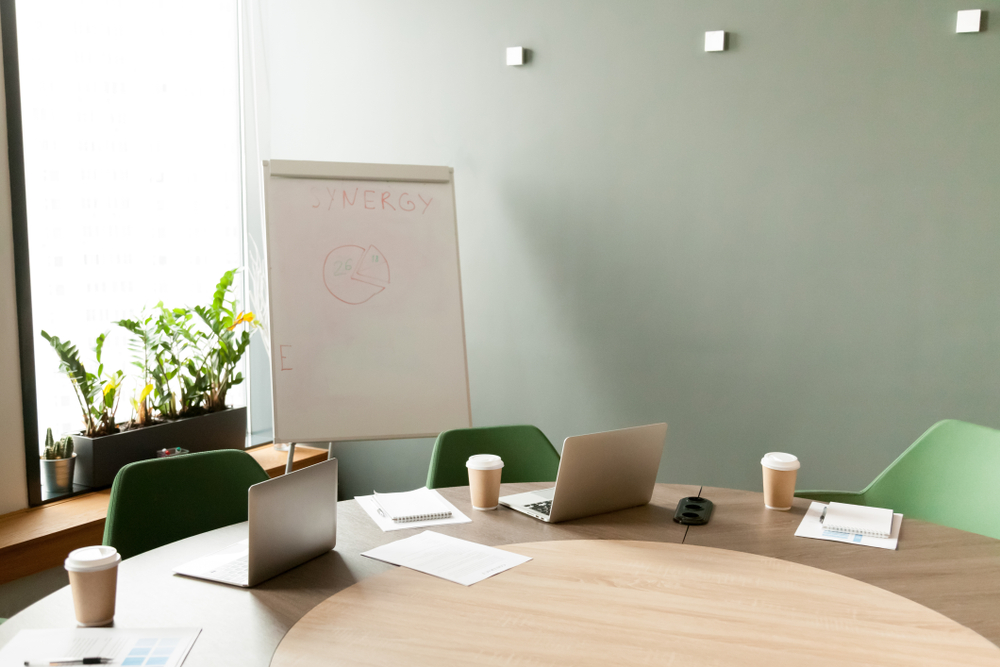
Small conference rooms are designed for focused discussions and intimate collaborations. These spaces are ideal for one-on-one meetings, team sync-ups, or brainstorming sessions.
Key Features:
- Compact but functional design, ensuring privacy and minimal distractions.
- Tools like whiteboards, smartboards, and wireless connectivity for seamless idea sharing.
- Comfortable seating arrangements to foster collaboration and productivity.
If you’re looking for a meeting room with state-of-the-art technology and inspiring ambience, consider the Meeting Room Rental in Budva at MONTECO Coworking. These rooms are perfect for small teams, equipped with video conferencing tools and high-speed internet.
Creative Collaboration Rooms
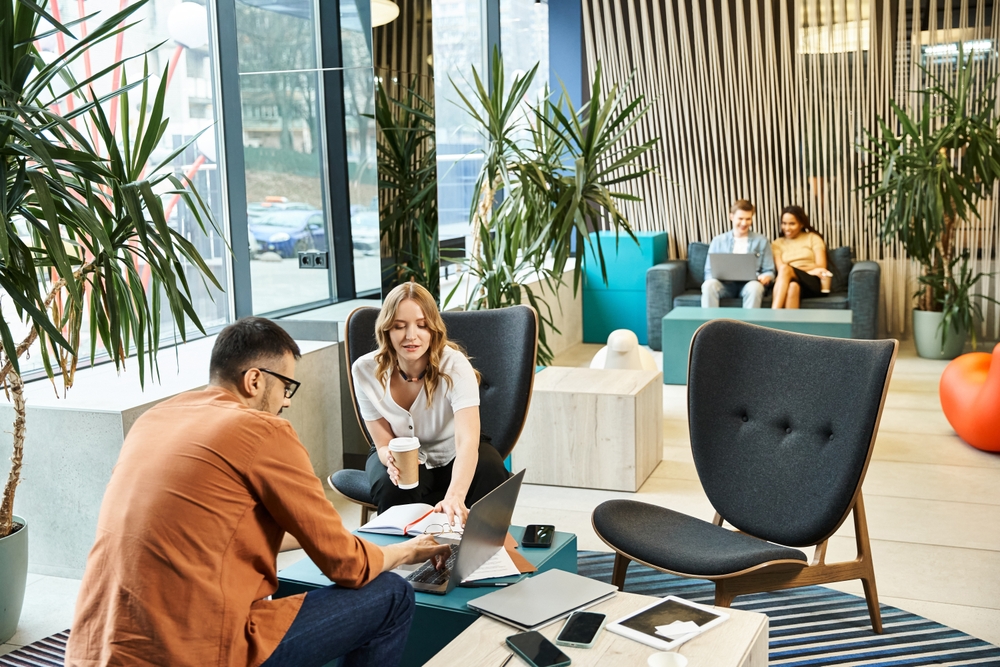
Creative collaboration rooms prioritize flexibility and innovation. These spaces encourage teams to think outside the box and solve problems collaboratively.
Key Features:
- Interactive whiteboards and writable walls for brainstorming.
- Casual layouts with sofas or beanbags to create a relaxed atmosphere.
- Modular furniture for adaptable configurations.
Such spaces are ideal for generating ideas or conducting informal discussions. For teams that require dynamic setups, renting a creative event space like the Event Space in Budva at MONTECO Coworking can provide the perfect setting. The venue’s personalized decor and modern technology enhance creativity and make every event memorable.
Training and Presentation Rooms

Training and presentation rooms are tailored for structured learning sessions, workshops, or large-scale lectures. These spaces focus on clarity, engagement, and accessibility for all participants.
Key Features:
- Classroom-style layouts with rows of desks and chairs facing a focal point, such as a screen or whiteboard.
- High-definition projectors and audio systems for effective presentations.
- Adequate space to accommodate both interactive discussions and focused learning.
These rooms ensure that attendees remain engaged and that presenters can deliver their material without interruptions. They are perfect for hosting onboarding sessions, skill-building workshops, or client presentations.
Casual Meeting Spaces

Casual meeting spaces foster informal interactions, encouraging creativity and open communication. These rooms are particularly useful for brainstorming sessions or quick team huddles.
Key Features:
- Comfortable seating arrangements, such as sofas, beanbags, or lounge chairs.
- Minimalistic setups with an emphasis on relaxation and spontaneity.
- Often include writable surfaces or small screens for informal note-taking and idea-sharing.
By offering a relaxed atmosphere, these spaces help participants feel at ease, leading to more productive and innovative discussions. Casual meeting rooms are often used for team-building activities or quick, solution-oriented discussions.
Multipurpose Rooms
Multipurpose rooms are versatile spaces that can adapt to a wide range of activities, from formal meetings to social events. These rooms are designed to meet changing needs without requiring additional setups.
Key Features:
- Modular furniture that can be rearranged for different layouts, such as banquet or theater style.
- Advanced technology for presentations, video conferencing, or interactive sessions.
- Aesthetic elements that suit both professional and casual settings.
These rooms are an excellent choice for businesses that need flexibility, providing options for everything from strategic planning to team celebrations.
Key Meeting Room Layouts and Their Advantages
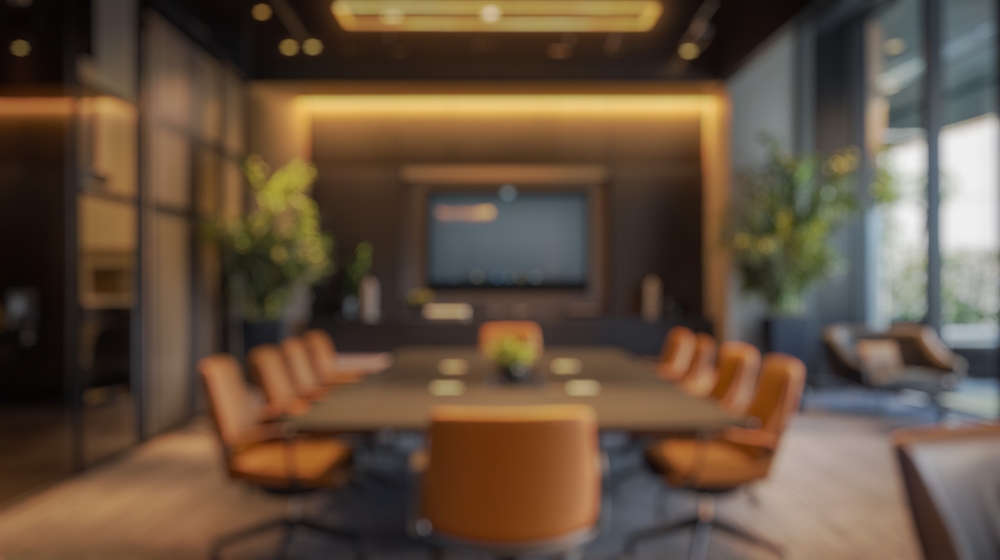
The layout of a meeting room significantly impacts the flow and outcome of any gathering. Different layouts serve distinct purposes, and choosing the right one ensures that meetings are efficient and engaging.
Boardroom Layout
This classic layout features a large central table with chairs surrounding it. It is ideal for formal meetings, executive sessions, or discussions requiring active participation from all attendees.
Advantages:
- Encourages direct communication and collaboration.
- Suitable for decision-making and strategic planning.
- Provides a professional appearance for client or stakeholder meetings.
U-Shape Layout
Tables arranged in a U-shape allow participants to face each other while maintaining a clear view of a focal point or presenter at the open end.
Advantages:
- Ideal for interactive presentations or workshops.
- Facilitates open discussions while providing space for note-taking.
- Allows the presenter to move freely and engage with the audience.
Classroom Layout
In this setup, rows of desks and chairs face the front, creating a structured environment for learning or lectures.
Advantages:
- Supports focused listening and note-taking.
- Suitable for training sessions, seminars, or educational events.
- Maximizes space utilization for larger groups.
Theater Layout
This arrangement consists of rows of chairs without tables, all facing a stage or screen. It is designed for large audiences.
Advantages:
- Maximizes seating capacity.
- Best suited for conferences, presentations, or product launches.
- Reduces distractions by focusing attention on the speaker or screen.
Banquet and Cabaret Layouts
These layouts involve round tables, with participants seated around them for group discussions or meals.
Advantages:
- Encourages networking and small-group collaboration.
- Suitable for social events, team-building activities, or informal workshops.
- Provides a balance between interaction and focus on a central presentation.
Standing Layout
Standing setups are used for short, informal meetings or quick brainstorming sessions.
Advantages:
- Promotes efficiency and quick decision-making.
- Ideal for huddles or casual team discussions.
- Requires minimal space and setup.
Essential Features for Modern Conference Rooms

Conference rooms must be equipped with tools and technologies that enhance the meeting experience and support hybrid work models.
Technology Integration
Modern conference rooms rely on cutting-edge technology to facilitate seamless collaboration.
- High-quality video conferencing systems for hybrid meetings.
- Interactive displays and digital whiteboards for real-time collaboration.
- Room control systems for adjusting lighting, temperature, and audio-visual equipment.
Ergonomics and Comfort
A comfortable meeting environment ensures participants stay focused and engaged.
- Ergonomic chairs and spacious tables.
- Adjustable lighting to match the mood and purpose of the meeting.
- Acoustic solutions to minimize distractions and enhance sound quality.
Accessibility and Inclusivity
Inclusivity is essential for creating welcoming spaces for all participants.
- Wheelchair-accessible rooms and pathways.
- Tools for remote participants, such as high-definition cameras and microphones.
- Flexible seating arrangements to accommodate diverse needs.
Managing Conference Rooms Effectively
Efficient management of conference rooms ensures seamless operations, minimizes scheduling conflicts, and maximizes space utilization. A well-organized approach benefits both the team and the overall workflow.
Clear Policies and Guidelines
Establishing clear rules for room usage is critical to maintaining order and fairness.
- Define booking policies, including time limits and cancellation terms.
- Assign specific purposes to each room, such as small team huddles or large-scale meetings.
- Provide users with instructions on utilizing room equipment effectively.
Efficient Room Scheduling Tools
Implementing intuitive scheduling systems reduces booking errors and optimizes usage.
- Use software to display room availability in real-time.
- Allow employees to book spaces based on capacity and required resources.
- Automate reminders for upcoming bookings to avoid last-minute cancellations or overlaps.
Continuous Feedback and Improvement
Regular feedback from employees helps identify areas for improvement and enhances user satisfaction.
- Conduct surveys to understand room usage patterns and preferences.
- Address common pain points, such as technology malfunctions or insufficient space.
- Adapt policies and features based on feedback to meet evolving needs.
Benefits of Well-Designed Conference Rooms
Investing in thoughtfully designed conference rooms yields numerous advantages for businesses, especially those with remote or hybrid teams.
- Enhanced Productivity: Equipped with the right tools and layouts, meetings become more efficient, reducing downtime and maximizing outcomes.
- Improved Collaboration: Thoughtful design encourages active participation and seamless communication among team members, both in-office and remote.
- Attraction and Retention of Talent: Modern, comfortable spaces demonstrate a company’s commitment to employee well-being and productivity, making it an attractive workplace for top talent.
- Cost Efficiency: Multipurpose and adaptable spaces minimize the need for multiple room types, reducing overhead while maximizing utility.
Conclusion
Conference rooms are more than just spaces for meetings—they are hubs for creativity, collaboration, and connection. Businesses that invest in versatile, well-equipped rooms ensure their teams have the resources to succeed in any setting. Whether it’s a casual brainstorming session, a high-stakes presentation, or a hybrid team meeting, a thoughtfully designed conference room can transform the way teams work together, enhancing overall productivity and engagement.


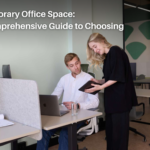

Leave a Reply